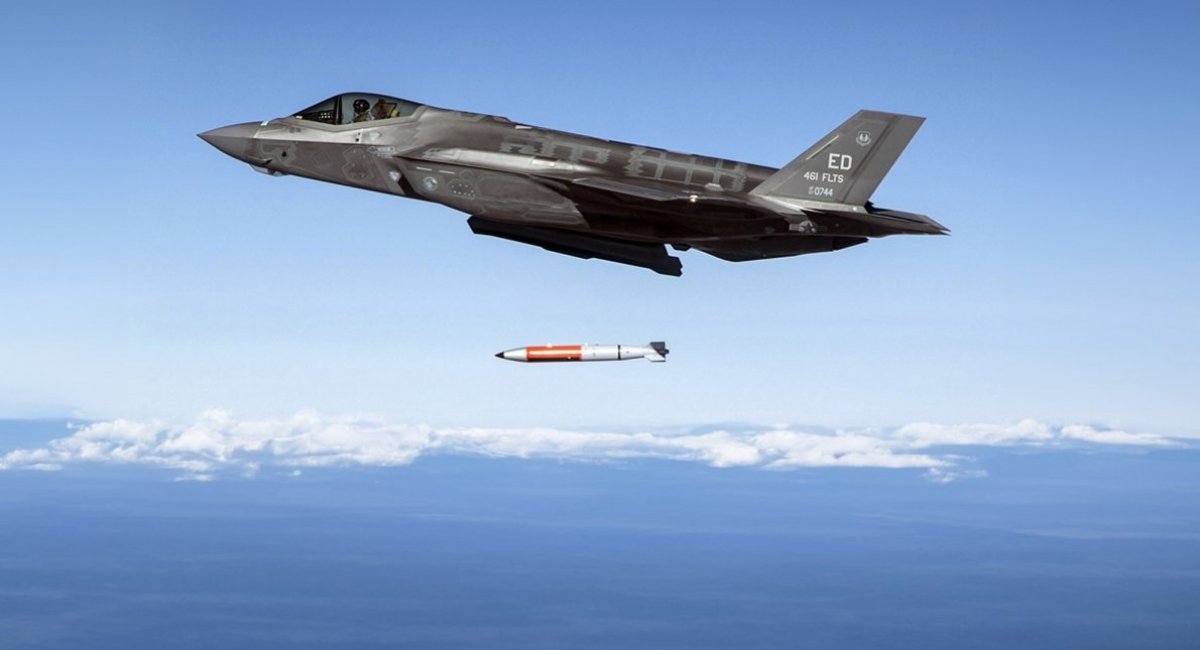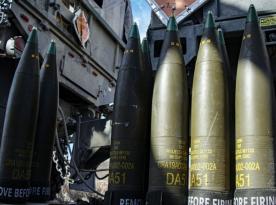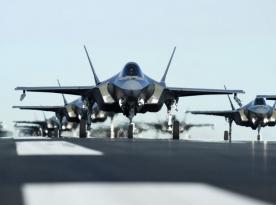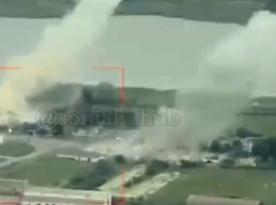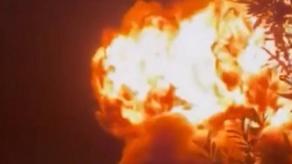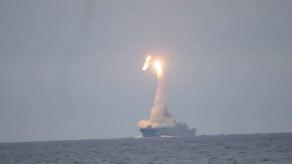The United States has officially concluded the production of its new B61-12 thermonuclear bombs, a program overseen by the National Nuclear Security Administration since 2008. Although the initiative has been in development for over a decade, actual production began in November 2021 and concluded on December 18, 2024, with the milestone announced shortly thereafter.
The B61-12 program, costing approximately $9 billion, is not entirely about creating a new weapon but modernizing existing capabilities. It incorporates the nuclear warhead from older B61-4 bombs and replaces multiple previous variants, including the B61-3, -4, -7, and -10. Around 500 units have been produced, though exact figures remain classified.
Read more: Taiwanese Factory Modified Servos On russia's Request to Make Better UMPK Bombs
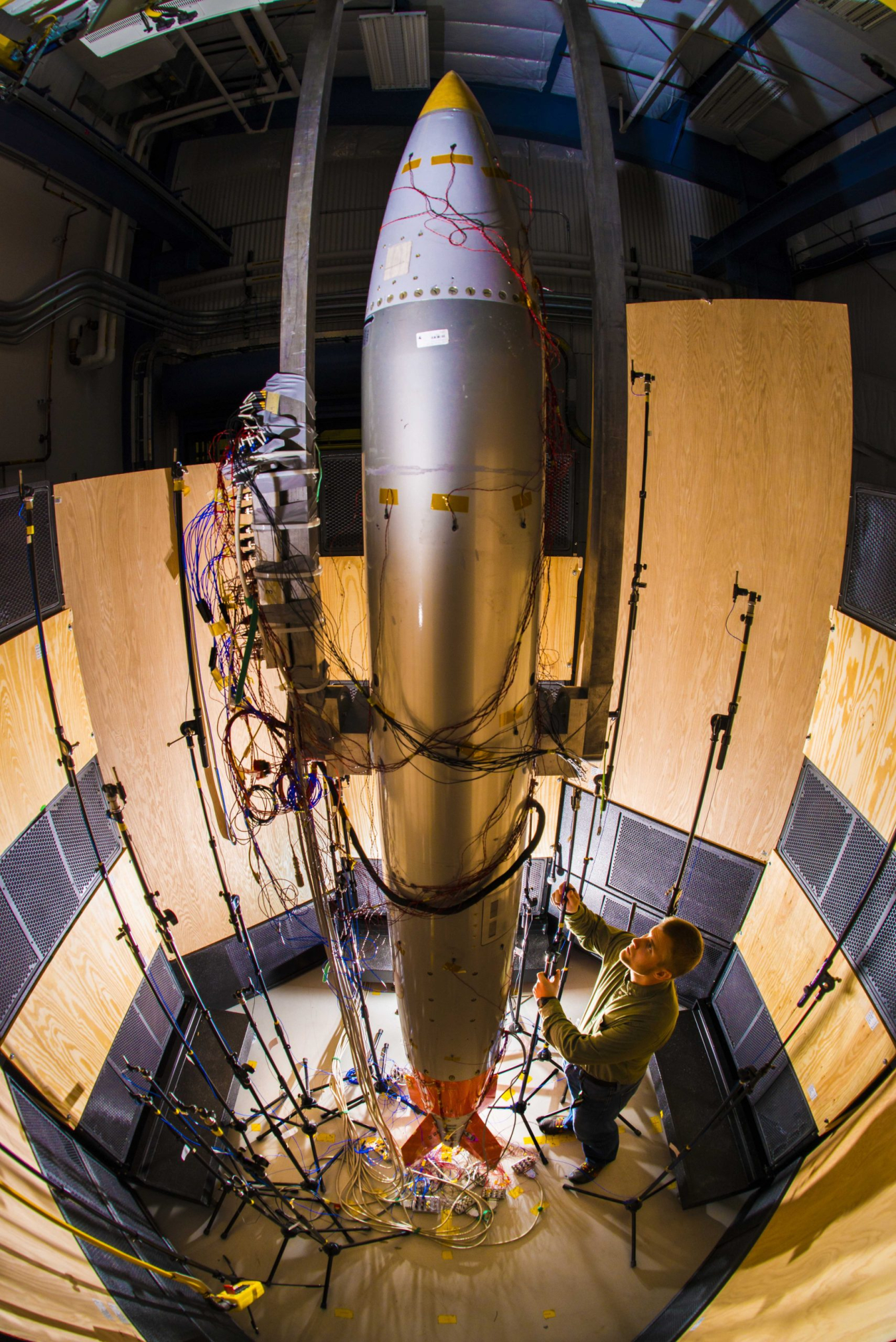
The key advancement is the addition of a new tail section, improving the bomb’s delivery accuracy to a circular error probable of 30 meters. This modernization also allows for variable yields ranging from 0.3 to 50 kilotons, adjustable prior to deployment.
However, the B61-12 retains its status as a free-fall bomb, requiring carrier aircraft such as the F-35, F-16, B-2, or upcoming B-21 to deliver it directly over a target. Unlike precision-guided munitions like the JDAM-ER, the B61-12 lacks additional guidance or propulsion systems, raising questions about its practicality in modern nuclear warfare.
Despite these limitations, the U.S. is moving forward with the next version: the B61-13 bomb. This new version is designed for strategic missions, including targeting heavily fortified structures, with an increased yield of 360 kilotons. This step demonstrates continued advancements in the U.S. nuclear arsenal, even amid debates over the utility of free-fall nuclear bombs in future conflicts.
Read more: First Video Showing Ukrainian Su-25 Launch French AASM Hammer Bombs: Insightful Details Analyzed




